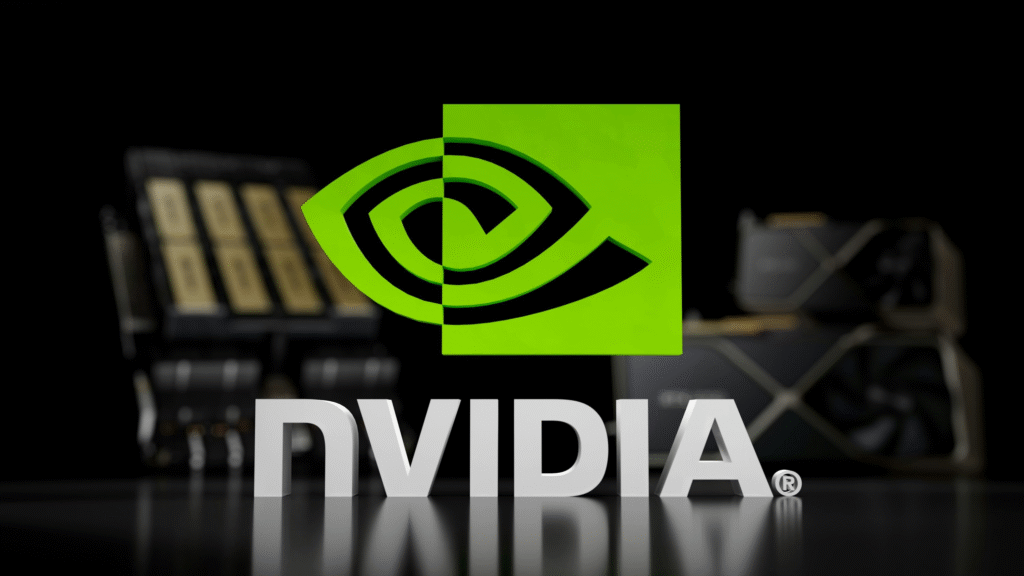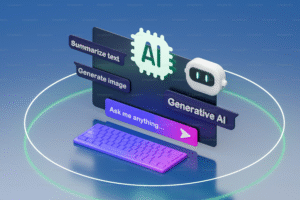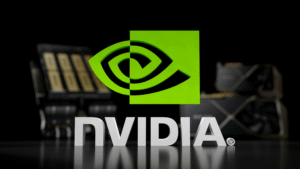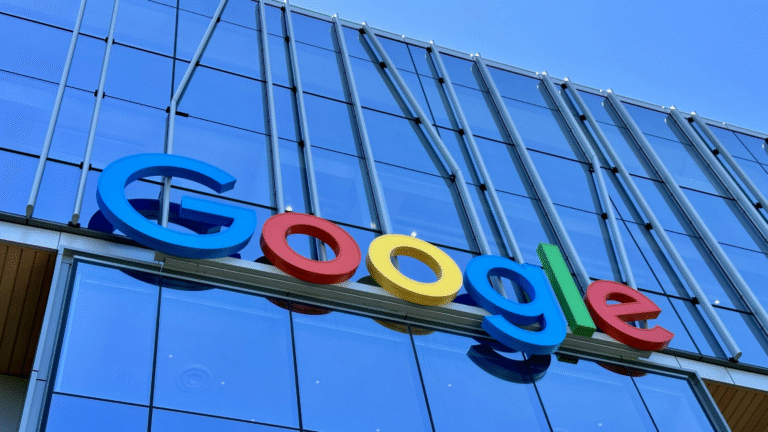Nvidia‘s journey has always been about taking huge chances, having big ideas, and being ready to go where others are afraid to go. That spirit was on full show again when CEO Jensen Huang talked about how quickly the company’s demand for its Blackwell chips was growing in Hsinchu, Taiwan. He didn’t speak in a big keynote auditorium; he spoke at an event held by Taiwan Semiconductor Manufacturing Co. where engineering talk is as normal as informal talk. But even in this casual context, it was clear how much Nvidia was gaining ground.
Huang’s main point was clear and powerful: there is “very strong” demand for Blackwell, Nvidia’s most sophisticated processor series. He spoke it in his usual calm but determined voice, as if he were talking about a normal production report. But everyone who has been following Nvidia’s progress realises that this statement is important. The Blackwell architecture is already a big deal in the world of AI hardware. It powers anything from scientific models to generative AI platforms that millions of people use. There is a complicated web of suppliers, alliances, and manufacturing limitations behind that growth, and all of these things need to be carefully coordinated. That’s where TSMC comes in.
TSMC, which has long been seen as the quiet backbone of the global semiconductor ecosystem, is the company that makes Nvidia’s blueprints into real chips. Huang freely admitted this connection, saying, “TSMC is doing a great job helping us with wafers.” It wasn’t just a polite praise; it was a real acknowledgement of how interconnected the contemporary semiconductor supply chain has become. Nvidia may be the greatest at chip architecture, but without wafer capacity from companies like TSMC, even the best ideas would stay on a screen.
C.C. Wei, the CEO of TSMC, hinted at how deep this relationship was when he said that Huang had “asked for wafers,” but he wouldn’t say how many. That little instant showed something interesting about the world of semiconductors. Not only are technology discoveries important in the global race for computer power, but so is who gets production capacity first. A wafer today will be the main part of an AI cluster tomorrow. Demand changes quickly, production cycles are long, and every allocation counts.

Huang’s fourth trip to Taiwan in a single year says a lot about this. Nvidia’s visit to TSMC is not only for show; it’s necessary for business. The company is growing faster than virtually any other tech company in history, and to keep up that pace, it needs to work closely with its suppliers. Huang even remarked clearly that TSMC was necessary for Nvidia’s success. These are not words that executives use lightly, especially now that the semiconductor sector is under a lot of pressure from global supply chains and geopolitical issues.
The rise of Nvidia has been huge. It made news in October when it became the first firm to have a market value of five trillion dollars. It’s hard to believe that a business that used to make niche gaming hardware is now at the centre of the global AI economy. At the same event, TSMC’s Wei called Huang a “five-trillion-dollar man.” This phrase instantly circulated since it showed how big Nvidia’s change was and how Huang was in charge of it. These kinds of titles may sound fancy, but they show actual power. Nvidia’s processors have an impact on science, business, entertainment, and national strategies. They decide how quickly AI changes.
But even big companies have limits. As Blackwell’s demand rises, memory makers have to work harder. Huang gave a more complex answer when asked about worries about not having enough memory. He admitted that as a corporation grows, there will be shortages of “different things.” He didn’t demonstrate that he was worried; instead, he talked about how strong the company’s partners were. We have three memory producers that are very, very good: SK Hynix, Samsung, and Micron. They have all increased their capacity to help us a lot.
His confidence was based on facts. These businesses have put a lot of money into high-bandwidth memory, which is a key part of training and using AI. Because modern AI systems are so complicated, performance doesn’t just depend on the GPU. Memory bandwidth is becoming just as crucial. Even the fastest GPU can get stuck if memory doesn’t improve. Huang’s recognition of the contributions made by SK Hynix, Samsung, and Micron demonstrates a profound comprehension of this technical interdependence. It also brings to light a little-known fact: the AI revolution is not based on a single discovery, but on the coordinated progress of several specialised parts.
When you listen to Huang talk, you can tell that Nvidia has been steered by a mix of realism and hope through many changes in the business over the years. He doesn’t see shortages as problems; instead, he sees them as normal steps along the way during a time of amazing growth. He thinks that collaborations are necessary, not just nice to have. His way of thinking shows that he has seen hardware cycles go up and down, knows how long innovation takes, and stays grounded even if Nvidia has a huge worldwide impact.
The rising demand for Blackwell chips suggests that something bigger is going on. AI is now being used all around the world, not just in labs or by big tech companies. Startups, researchers, governments, and creative industries all want increased computing power. The race to get hardware is getting more intense, which puts more pressure on businesses like Nvidia and TSMC to grow quicker without sacrificing quality. People who aren’t in the chipmaking sector think of it as a competition of new ideas, but inside it seems just as much like a race against time.
Nvidia’s role in this change is both a victory and a duty. The speed of the whole AI ecosystem is set by each new generation of chips. Every delay, shortage, or change in the supply chain has effects on all industries. The stakes are enormous, and so is the attention. But Huang’s words in Hsinchu felt real, almost intimate, as if he was reminding people that technology is still a very human activity: complicated, collaborative, and always changing.
People are impressed by Nvidia’s surge, but they also have real doubts about how long it will last, how well its supply chain will hold up, and how well it will compete in the long run. These enquiries don’t take away from the success; they make it more real. Progress often entails uncertainty, and the semiconductor industry has always been shaped by things that are hard to foresee.












